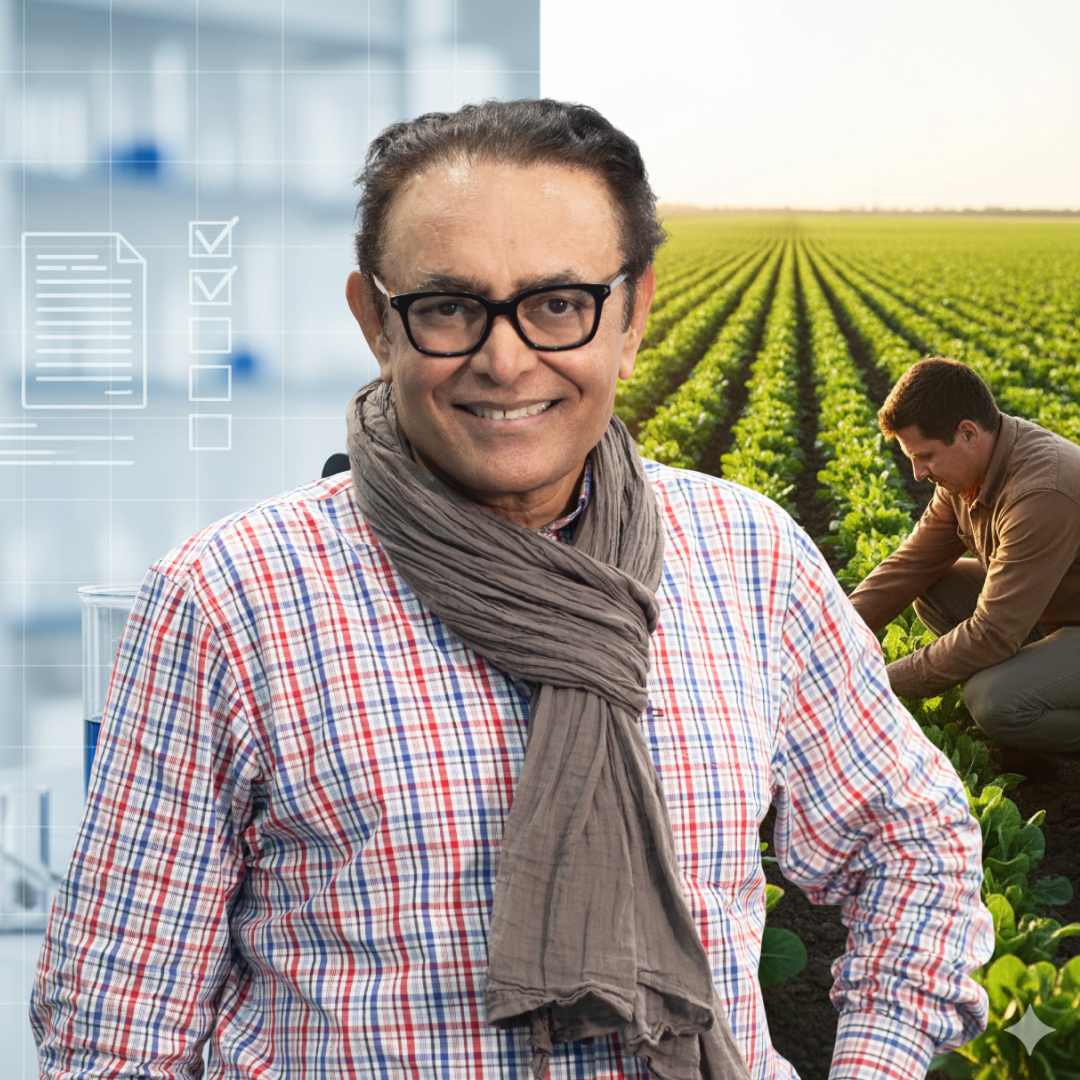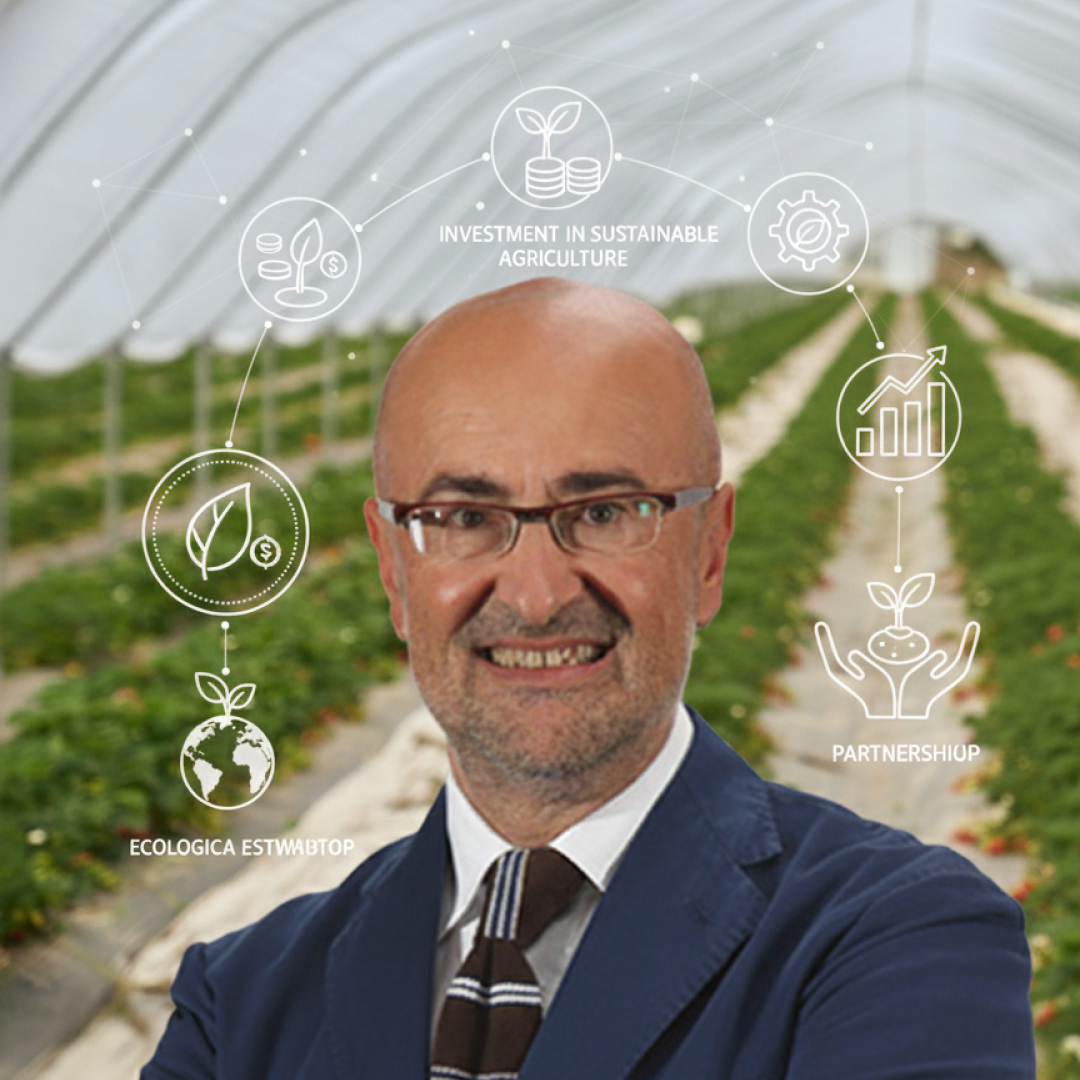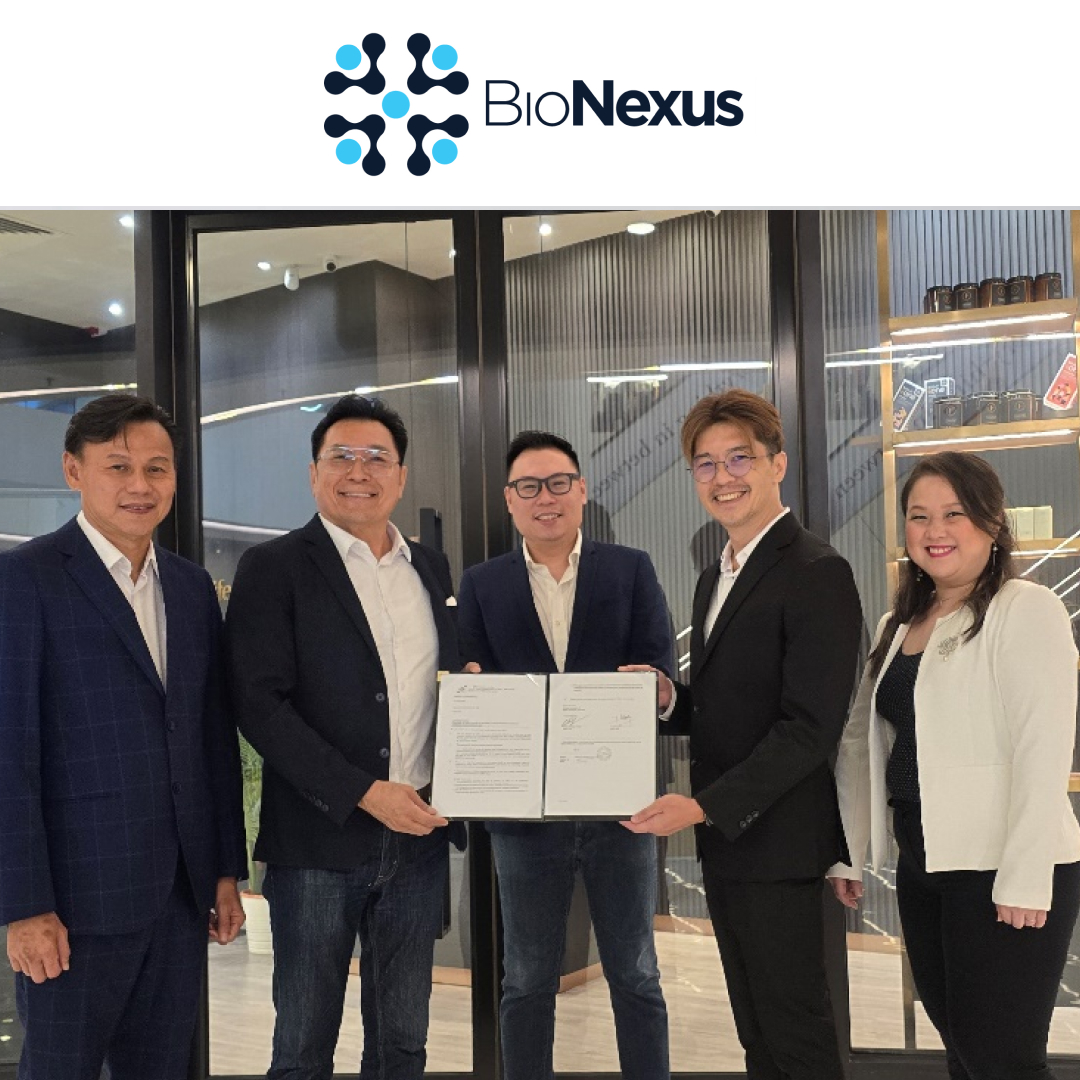
The global agricultural sector is entering a new era, confronted with a dual challenge of historic proportions: producing more food for a growing population while safeguarding the health of the planet. By 2050, food production must increase by 50 percent to sustain an anticipated global population of 10 billion.
This challenge demands transformation, and biological innovations are set to play a pivotal role. Syngenta is at the forefront of this shift, empowering farmers through solutions that not only improve yields but also regenerate soil health, capture atmospheric carbon, and preserve biodiversity.
At the heart of this mission lie Syngenta’s core values: innovation, sustainability, collaboration, ethics, and a farmer-first approach. These principles align seamlessly with the United Nations’ Sustainable Development Goals (SDGs) and Syngenta Group’s own sustainability commitments, including enhancing productivity, regenerating ecosystems, and boosting farmer prosperity.
From Niche to Essential
Over the past decade, biologicals have evolved from niche alternatives to essential tools in the farmers’ arsenal. They provide solutions across pest control, yield improvement, and stress resilience. According to AgBioInvestor and Syngenta’s estimates, the market for biologicals is projected to exceed USD 20 billion by 2030.
Syngenta’s portfolio spans three major categories — biocontrols, biostimulants, and nutrient use efficiency (NUE) products — bringing scientific excellence and the latest innovations to farmers to help them meet the shifting conditions of a changing world.
The Power of Partnerships
To strengthen its leadership in the field, Syngenta has pursued acquisitions and collaborations across biostimulants, biocontrols, and nutrient use efficiency products.
Intrinsyx Bio: Syngenta acquired this California-based startup specializing in NUE products in December 2024. These products utilize endophytes — small microorganisms that colonize plants. Endophytes help fix atmospheric nitrogen directly into the plant, increasing the availability and uptake of key nutrients such as phosphorus and other micronutrients important for plant health. These products offer farmers greater flexibility in nutrient management while reducing the environmental impact of farming.
Lithos Crop Protect: Syngenta collaborated with Lithos on a sprayable pheromone formulation to disrupt the mating habits of the Western Corn Rootworm, which poses a major threat to European corn growers, exacerbated by insecticide resistance and changing pest pressures due to climate change.
Provivi: Syngenta is partnering on pheromone-based biocontrol to tackle Fall Armyworm and the Yellow Stem Borer — two of the most devastating pests in Asia, which can cost farmers up to 40 percent of their yields.
Novartis Repository of Natural Compounds and Genetic Strains: Syngenta also acquired this repository for agricultural use. The transaction transfers the Novartis Natural Products and Biomolecular Chemistry team to Syngenta, as well as a range of cutting-edge formulation and development technology. This strengthens Syngenta’s integrated capabilities in bioengineering, data science, fermentation, downstream processing, and analytics.
Flagship Innovations
- YIELDON™: A biostimulant that enhances row crop productivity.
- MEGAFOL®: Seaweed-extract-based technology that helps plants overcome abiotic stress.
- TAEGRO®: A biocontrol solution targeting fungal diseases.
Market Developments
Jérôme Cassayre, head of research for biologicals at Syngenta, describes the current era of BioAg as transformative. “Biologicals represent the fastest-growing sector in crop protection, driven by regulatory changes, consumer demand, and growing farmer interest worldwide. There is a massive demand and excitement, but an innovation deficit we are working to close,” he explains.
Cassayre outlines three levels of innovation: “There is the first level of innovation – when the benefits are clear, but challenges remain, such as improving efficacy, convenience, and stability of microorganisms. We are reaching level two, where we boost efficacy and performance, making biologicals a more reliable technology. Ultimately, we want to hit level three – where biologicals consistently complement conventional chemical options.”
Scientific Challenges
Developing and deploying biologicals involves overcoming complex scientific hurdles. “How do we scale biomanufacturing cost-effectively while maintaining quality?” Cassayre asks. Biologicals are living organisms or complex natural compounds, requiring precise biomanufacturing and formulation strategies. Stability, scalability, and quality control are critical for success.
The second challenge involves research strategy. “We do not just want discovery; we need to bring to farmers a clear understanding of how our biological products work,” says Cassayre. This knowledge transfer is crucial for proper application and use, creating what he calls “a virtuous circle of trust and innovation between scientists and farmers.”
At Syngenta, the GEAPOWER® platform supports research and development of natural compounds, focusing on interactions between microorganisms and plants, identifying active ingredients, and refining formulation processes. Partnerships with AI developers such as TraitSeq leverage machine learning to predict microbial performance, while platforms like Cropwise AI integrate biologicals with precision application technology to optimize inputs and reduce environmental impact.
From Discovery to Field Application
Emilie Fritsch, principal scientist at Syngenta’s Jealott’s Hill Research Center in the U.K., points out that discovering new biological products is a complex process. “Biologicals have different functions and forms — from microbials and proteins to synthetic biology and natural extracts derived from sources like algae.”
Fritsch explains: “Think of it like a funnel — with microbials we might start with testing thousands of live cells or extracts and end up with only a few promising candidates.”
As biologicals have developed, the search process has become increasingly sophisticated. “We know more about what we are looking for now and use new technologies like genomics and metabolomics to accelerate the process,” Fritsch says.
When a promising candidate has been found, it is time to scale up production, but this comes with its own unique challenges. Douglas Hodgson, bioprocess development team leader, says: “You are dealing with living organisms — more unpredictable and complex than conventional chemistry.”
Ensuring a robust, scalable process is critical, requiring advanced microbial technology platforms and access to pilot and manufacturing-scale fermentation capacity through internal investments and strategic partnerships like the recent Novartis acquisition.
Syngenta’s global capabilities in biologicals research, development, and production—spanning England, Italy, Switzerland, the United States, and India—enable large-scale testing and collaboration.
This research network matches Syngenta’s production scale. In 2025, Syngenta opened a 22,000-square-meter biologicals facility in Orangeburg, South Carolina, purpose-built to produce 16,000 tons of biostimulants annually. This complements Syngenta’s global network of biologicals manufacturing facilities in Brazil, Italy, India, and Norway.
Chemistry Challenges
However, biological products still require sophisticated analytical chemistry. Dimitrios Papasotiriou, principal scientist in structural chemistry, explains how biologicals pose a reverse-engineering challenge. “In traditional chemistry, you start from a hypothesis and test to see if it works. With biologicals, we often work backward — we know something works or has a particular effect but need to understand how and why.”
Through extraction methods and analytical techniques like chromatography, mass spectrometry, and nuclear magnetic resonance, analytical chemists help break down, identify, and characterize the different components of each unique biological product. This understanding enables refinement of production methods, leading to more powerful and effective products.
“They have really pushed us forward to use our technical capabilities at a new level,” Papasotiriou says. “We are using technologies like genomics, metabolomics, and proteomics to understand how chemicals, proteins, and metabolic pathways interact.”
Simultaneous Solutions
Given the complexity of biologicals, formulation experts are usually involved earlier than they would be in conventional chemistry. Formulation is critical to translating discoveries into farmer-ready products.
Rosa Dominguez-Espinosa, Syngenta fellow for biologicals formulation, emphasizes early involvement: “The diversity of biological active ingredients means that formulation has to solve multiple challenges simultaneously.” Formulations must ensure stability and shelf life regardless of storage conditions, prevent contamination, and maintain compatibility with active ingredients.
For NUE products, the challenge goes beyond simply boosting nutrient efficiency; each product must effectively deliver nutrients to the right place within the plant and maintain desired activity levels over time.
After testing several options, Syngenta’s formulation experts developed water-free liquid formulations that help keep active cells viable with minimal risk of microbial contamination. Each formulation is carefully tested to ensure ease of use and boost efficacy and reliability.
The Future of Farming
As regulatory frameworks evolve and farmer adoption accelerates, biologicals are not just complementary solutions but can be core components of integrated crop management. Syngenta’s innovation framework — from addressing current challenges to achieving consistent reliability — guides development priorities for the next decade.
The convergence of digital agriculture, precision application technologies, and biological innovation has the potential to unlock new levels of productivity while advancing environmental sustainability goals.
For farmers, biologicals represent more than technological advancement—they offer practical solutions to real-world challenges. Through strategic innovation across biocontrols, biostimulants, and nutrient use efficiency, Syngenta is helping farmers worldwide navigate the dual challenge of feeding more people while protecting the planet.
The biological revolution is helping reshape agriculture field by field, acre by acre. With continued investment in discovery, manufacturing excellence, and collaborative partnerships, Syngenta remains committed to leading this transformation toward a more sustainable agricultural future.
This article was originally published by the Syngenta News Service. Find this story and more insights into Syngenta’s innovations at https://www.syngenta.com/media/stories







Leave a Reply